How to Identify High-Quality THCA Trim: Buyer's Checklist
When it comes to purchasing high quality THCA trim, not all products are created equal. The cannabis trim market can be a minefield for uninformed buyers, with quality ranging from potent sugar-coated leaves to virtually worthless fan leaf debris. Understanding how to distinguish premium material from inferior product isn't just about getting your money's worth—it's about ensuring safety, potency, and satisfaction with your purchase.
THCA trim represents an economical alternative to traditional flower, offering many of the same benefits at a fraction of the cost. However, this cost-effectiveness only holds true when you're purchasing quality material. Poor-quality trim can be a complete waste of money, containing minimal cannabinoids, excessive stems, or worse—mold and contaminants that pose health risks.
The importance of quality assessment cannot be overstated. Whether you're planning to make edibles, tinctures, concentrates, or topicals, the quality of your starting material directly impacts the quality of your end product. Smart buyers who know how to identify good THCA trim can save hundreds or even thousands of dollars annually while ensuring they're working with safe, potent material.
This comprehensive guide will walk you through every aspect of evaluating THCA trim quality, from visual inspection techniques to understanding lab reports. By the end, you'll have a complete buyer's checklist that empowers you to make informed decisions and avoid common pitfalls in the trim marketplace.
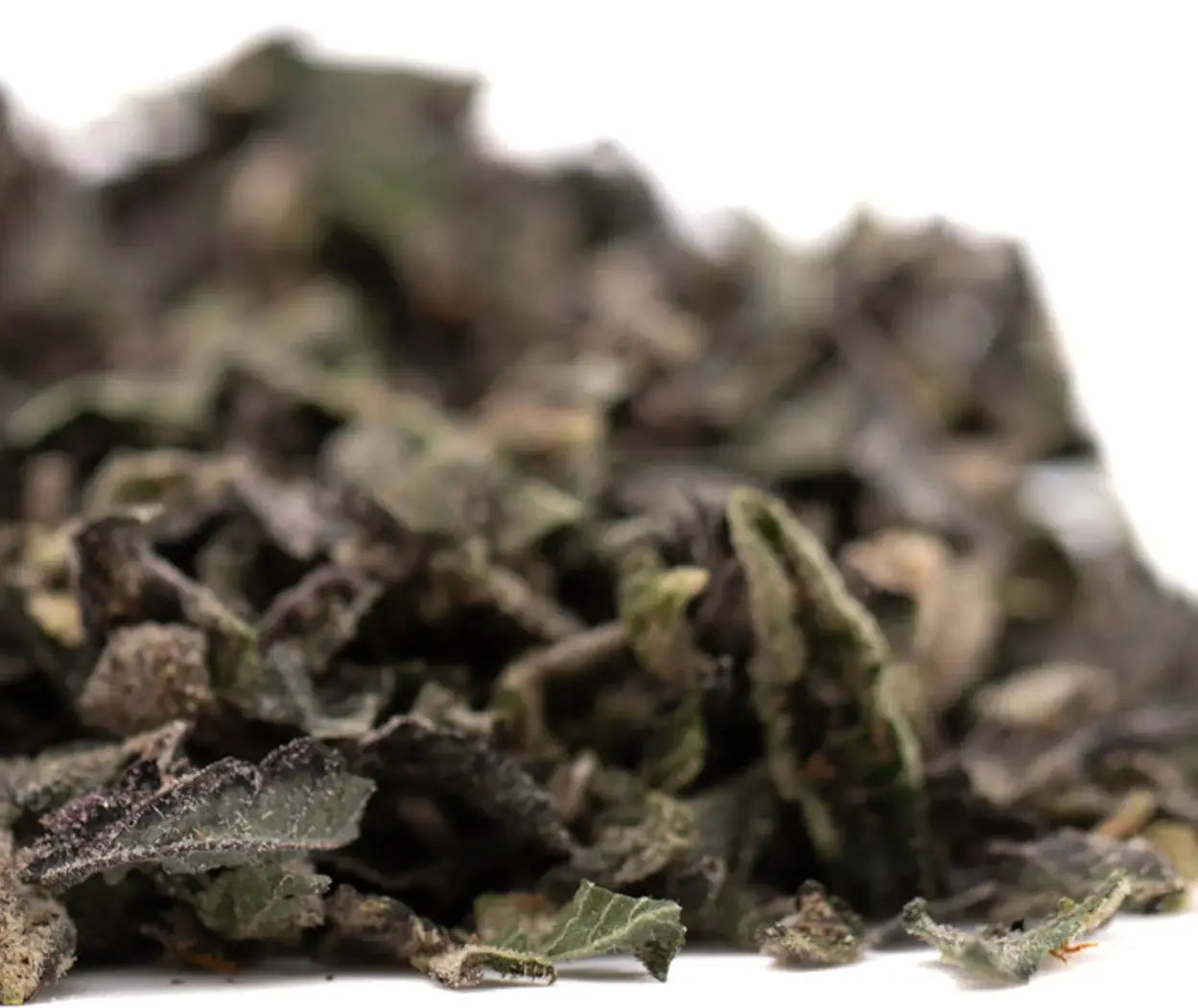
Visual Inspection Checklist
Color: The First Quality Indicator
Performing a thorough THCA trim visual inspection begins with examining the color. High-quality trim should display vibrant, natural green tones that indicate freshness and proper curing. This green coloration ranges from lighter lime shades to deeper forest greens, depending on the strain and growing conditions.
What to look for:
- Rich, vibrant green hues throughout the material
- Consistent coloration without significant discoloration patches
- Strain-dependent purple, blue, or darker accents (perfectly acceptable and often desirable)
- Visible frost of trichomes creating a silvery-white appearance
What to avoid:
- Brown or tan coloration, which indicates oxidation, age, or poor storage
- Yellow or bleached appearance suggesting light damage or chemical exposure
- Dark, blackened spots that may indicate mold or rot
- Dull, lifeless appearance lacking any vibrancy
Purple hues deserve special mention. Many premium strains naturally develop purple, blue, or even black coloration due to anthocyanin compounds. This is perfectly normal and doesn't indicate poor quality—in fact, it often signals a desirable genetic trait. However, ensure the purple appears natural and isn't accompanied by signs of deterioration.
Trichome Coverage: The Crystal Test
One of the most critical factors in distinguishing good vs bad THCA trim is trichome coverage. Trichomes are the tiny, mushroom-shaped glands that produce and store cannabinoids and terpenes. The more trichomes, the more potent your trim.
Identifying sugar trim: Sugar trim THCA gets its name from the sugar-like appearance of dense trichome coverage. When you examine quality sugar trim, you should see:
- Visible crystal-like structures coating the leaf surface
- A frosted or powdered sugar appearance
- Sparkle or shimmer when moved under light
- Sticky texture when touched (indicating resin content)
Using magnification: While visible trichomes are a good sign, using a jeweler's loupe or smartphone macro lens reveals the true trichome density. Look for:
- Intact trichome heads (not knocked off during processing)
- Mushroom-shaped structures rather than broken stalks
- Milky or amber coloration in the trichome heads
- Dense coverage rather than sparse distribution
The difference between sugar trim and fan leaves becomes immediately apparent under magnification. THCA trim trichomes should be abundant, while fan leaves show minimal coverage.
Stem-to-Leaf Ratio: Calculating Your Value
Excessive stems represent one of the most common quality issues and a significant waste of money. When evaluating the stem-to-leaf ratio, you're essentially determining how much usable material you're actually getting.
Assessment technique:
- Visually inspect a representative sample
- Feel the material—excessive rigidity indicates high stem content
- Gently separate leaves from stems to gauge the ratio
- Consider that some stems are inevitable and acceptable
Red flags:
- Large, thick stems throughout the material
- More stem weight than leaf weight
- Difficulty finding leaf material among the stems
- Stems that are brown, woody, or overly dry
Impact on usability: A poor stem-to-leaf ratio affects you in multiple ways. First, you're paying for weight that provides negligible cannabinoid content. Second, excessive stems make processing more difficult and time-consuming. Third, stems can add undesirable flavors or harshness to your final product.
Quality premium THCA trim should consist primarily of leaves with only small, flexible stems naturally connected to the leaf structure.
Moisture Level: The Goldilocks Zone
Moisture content represents a critical but often overlooked quality factor. Both excessive dryness and moisture create significant problems, so you're looking for that "just right" middle ground.
Too dry indicators:
- Crumbles to dust when touched
- Brittle texture that breaks rather than bends
- Excessive leaf fragmentation in the bag
- Trichomes that have fallen off due to brittleness
- Loss of aroma and terpene content
Too moist indicators:
- Spongy or damp feeling
- Visible moisture or condensation in packaging
- Difficulty breaking apart clumps
- Fresh-cut grass smell rather than cannabis aroma
- Risk of mold development
Ideal texture: Quality fresh THCA trim should feel slightly springy with a bit of give when squeezed. Leaves should bend slightly before breaking, and the material should feel dry to the touch but not crumbly. When you open the container, you shouldn't encounter any humidity or dampness.
Many quality vendors package trim with humidity control packs (like Boveda or Integra Boost) to maintain optimal moisture levels during storage and shipping. This is a positive sign of quality-conscious practices.
Smell and Aroma Assessment
The nose knows—and when it comes to cannabis trim, your sense of smell provides crucial quality information. Quality cannabis trim should exhibit strong, pleasant terpene profiles that indicate proper curing and storage.
Positive Aroma Indicators
Strong terpene presence: High-quality trim should smell potent and unmistakably like cannabis. The aroma should be noticeable as soon as you open the package, filling the immediate area with scent. Weak or faint aromas suggest terpene degradation from age, poor storage, or low-quality starting material.
Strain-specific characteristics: Different strains produce distinct aromatic profiles:
- Citrus notes (limonene-dominant strains)
- Pine or forest scents (pinene-rich varieties)
- Earthy, musky undertones (myrcene content)
- Sweet, fruity aromas (various terpene combinations)
- Fuel or diesel notes (certain popular strains)
- Floral or herbal characteristics
The presence of clear, identifiable terpene profiles indicates proper cultivation, harvesting, and curing practices. Best THCA trim should smell as appealing as quality flower.
Warning Smells
Musty or mildewy odor: This is the most serious warning sign. A musty, basement-like smell indicates mold or mildew contamination. Never purchase or use trim with this aroma, regardless of price. Mold poses serious health risks and cannot be salvaged.
Hay-like smell: A smell reminiscent of fresh-cut hay or grass indicates poor curing or improper drying. While not dangerous, it signals that terpenes have degraded, resulting in reduced potency and unpleasant flavor. This trim may still be usable but represents lower quality.
Chemical or ammonia smell: Chemical odors might indicate pesticide contamination, improper storage, or the presence of ammonia from bacterial growth. This is a serious red flag warranting immediate rejection of the product.
No smell at all: Trim that lacks any aroma has likely degraded significantly due to age or poor storage conditions. While not necessarily dangerous, odorless trim indicates substantial terpene loss and potentially reduced cannabinoid content.
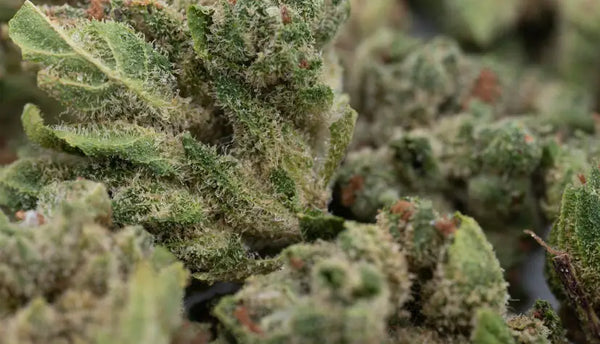
Lab Testing and Certificates of Analysis
In today's cannabis market, lab testing separates legitimate, quality vendors from questionable operations. Understanding how to evaluate a THCA trim COA (Certificate of Analysis) is essential for serious buyers.
Why Lab Testing Matters
Lab tested THCA trim provides objective data about what you're actually purchasing. Visual inspection and aroma assessment offer valuable information, but only laboratory analysis definitively confirms:
- Exact cannabinoid content and potency
- Absence of dangerous contaminants
- Compliance with legal requirements
- Vendor honesty and transparency
Essential COA Components
THCA percentage: This tells you the actual potency of your trim. Quality sugar trim typically tests between 10-20% THCA, though some exceptional material may test higher. Fan leaf trim generally tests under 5% THCA. Use this number to calculate actual value and compare different products.
Total cannabinoid profile: Beyond THCA, a comprehensive COA shows:
- CBD, CBG, CBC, and other minor cannabinoids
- THC (should be under 0.3% for legal hemp)
- Total potential THC (THCA × 0.877 + THC)
Pesticide screening: Quality labs test for dozens of pesticides. The COA should show:
- "ND" (non-detect) for all pesticides
- Testing limits and methodology
- Specific pesticides screened
Heavy metals: Testing for lead, arsenic, mercury, and cadmium protects against contaminated soil or water sources. All results should show non-detect or levels well below safety thresholds.
Microbial analysis: This screens for dangerous bacteria, fungi, and mold:
- Total yeast and mold count
- E. coli and Salmonella (should be absent)
- Total aerobic bacteria count
Moisture content: Lab-measured moisture helps verify proper drying and curing. Ideal range is typically 8-12%.
Reading Lab Reports
COAs may seem intimidating initially, but focus on these key points:
- Lab credentials: Is the testing performed by a licensed, accredited laboratory?
- Sample date: How recent is the test? Look for results within 6-12 months.
- Batch matching: Does the sample number match the product you're buying?
- Pass/fail indicators: All safety tests should show "PASS"
- Clear presentation: Professional labs provide easy-to-read, well-organized reports
Red Flags in Lab Results
- Missing entire categories of testing (especially pesticides or microbials)
- Very old test dates (over 12 months)
- Tests that don't match the batch or product description
- Suspiciously perfect numbers that seem too good to be true
- Lab test results from uncertified or unknown facilities
- Vendors unwilling to provide COAs upon request
Remember: reputable vendors selling premium THCA trim eagerly provide lab results because they're proud of their product quality and safety.
Source and Growing Methods
Where and how THCA trim is grown significantly impacts its quality, safety, and characteristics. Understanding cultivation practices helps you make informed purchasing decisions.
Growing Environment Comparison
Indoor cultivation:
- Precise environmental control
- Consistent quality
- Higher production costs (reflected in price)
- Lower pest pressure
- Typically cleaner product
- Year-round availability
Outdoor cultivation:
- Natural sunlight and environment
- Lower production costs
- Seasonal availability
- Greater pest and weather challenges
- Potentially higher terpene complexity
- Environmental variability affects consistency
Greenhouse cultivation:
- Hybrid approach combining benefits
- Some environmental control
- Natural light supplementation
- Good quality-to-cost ratio
- Partial pest protection
None of these methods is inherently superior—quality depends more on the grower's expertise than the growing environment. However, knowing the source helps set appropriate expectations.
Organic and Pesticide-Free Certification
Organic THCA trim commands premium prices for good reason. Organic certification or verified pesticide-free growing provides assurance about:
- No synthetic pesticides or herbicides
- No synthetic fertilizers
- Sustainable farming practices
- Higher environmental standards
Verification methods:
- USDA Organic certification
- State organic programs
- Third-party organic certifiers
- Clean pesticide screening on COAs
Transparency and Vendor Reputation
Quality vendors willingly share information about:
- Farm location and growing practices
- Cultivation methods and philosophy
- Harvest and processing procedures
- Testing protocols and results
- Strain genetics and characteristics
Questions to ask sellers:
- "Where is this grown?"
- "What are your cultivation practices?"
- "Do you grow organically or use pesticides?"
- "Can you tell me about your processing methods?"
- "How do you ensure quality and consistency?"
Reputable vendor signs:
- Detailed product descriptions
- Readily available lab results
- Responsive customer service
- Transparent business practices
- Positive customer reviews and reputation
- Willingness to answer detailed questions
Direct-from-farm benefits: Purchasing directly from growers often provides:
- Better prices (fewer intermediaries)
- Fresher product
- Direct communication about cultivation
- Greater transparency
- Support for small farmers
Sugar Trim vs. Fan Leaves
Understanding the distinction between these trim types is crucial for evaluating both quality and value. The difference significantly impacts potency, usability, and appropriate pricing.
Sugar Trim Defined
Sugar trim THCA consists of the small, trichome-covered leaves closest to the cannabis flowers. These "sugar leaves" grow directly from the bud structure and are coated in resinous glands.
Characteristics:
- Heavy trichome coverage creating frosted appearance
- Small leaf size (typically 1-3 inches)
- High cannabinoid content (10-20% THCA typical)
- Strong aroma and terpene content
- Relatively higher market value
- Excellent for extractions, edibles, and topicals
Fan Leaf Identification
Fan leaves are the large, iconic cannabis leaves that grow from plant stems. While they have some cannabinoid content, it's significantly lower than sugar trim.
Characteristics:
- Minimal trichome coverage
- Large leaf size (4-8+ inches)
- Low cannabinoid content (typically under 5% THCA)
- Less aromatic
- Lower market value
- Limited practical applications
Potency Differences
The potency gap between sugar trim and fan leaves is substantial:
- Sugar trim: 10-20% THCA (sometimes higher)
- Fan leaves: 1-5% THCA
- This means sugar trim is 4-10 times more potent
When creating products, this potency difference dramatically affects:
- Required quantity for desired effects
- Extraction efficiency
- Final product quality
- Cost-effectiveness
Pricing Should Reflect Type
Sugar trim justifiably costs significantly more than fan leaves due to higher potency and better usability. If a vendor's pricing doesn't distinguish between types, that's a red flag suggesting either misrepresentation or lack of knowledge.
Fair pricing indicators:
- Sugar trim priced closer to lower-grade flower
- Fan leaves significantly cheaper
- Clear product descriptions specifying trim type
- Honest representation of what you're buying
How to Tell What You're Getting
Visual differences:
- Sugar trim: Small, compact, crystalline appearance
- Fan leaves: Large, clearly identifiable leaf shapes
Under magnification:
- Sugar trim: Dense trichome coverage
- Fan leaves: Sparse or absent trichomes
Smell test:
- Sugar trim: Strong, pungent cannabis aroma
- Fan leaves: Weaker, more plant-like smell
Vendor description: Reputable sellers clearly identify trim type in product listings. Vague descriptions like "trim" or "shake" without specification should prompt questions.
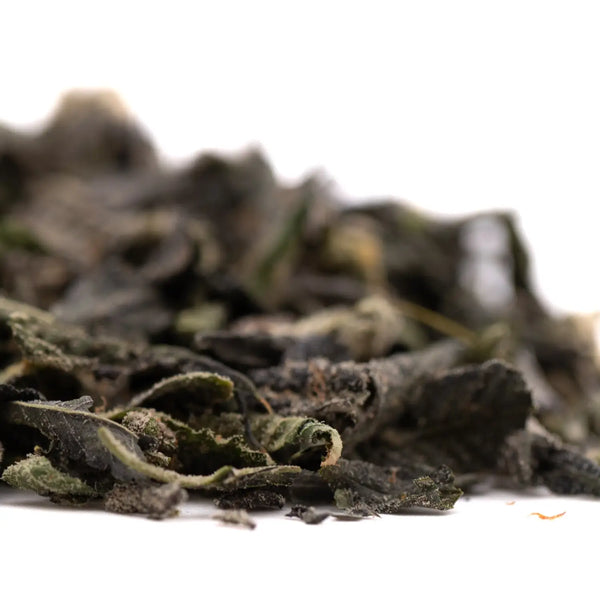
Common Quality Issues to Avoid
Even when following all guidelines, knowing specific defects and problems helps you avoid costly mistakes. Here's a comprehensive look at quality issues when conducting your THCA trim quality check.
Mold and Mildew Identification
Mold represents the most serious quality issue, posing genuine health risks. Never use contaminated trim regardless of price or appearance.
Visual identification:
- White, grey, or black fuzzy growth
- Powdery white coating (powdery mildew)
- Spider web-like structures
- Dark spots or patches
- Unusual discoloration patterns
Smell test:
- Musty, basement odor
- Ammonia smell
- Mildewy scent
- Absence of natural cannabis aroma
Touch test:
- Slimy or wet feeling
- Excessive moisture
- Clumping that won't separate
THCA trim mold check protocol:
- Visual inspection under good lighting
- Magnification check of suspicious areas
- Smell test in sealed container
- Feel test for texture abnormalities
- Check COA for microbial testing results
Excessive Seeds
While a few seeds aren't unusual in outdoor-grown trim, excessive seed content indicates:
- Poor cultivation practices (hermaphrodite plants or male contamination)
- Reduced cannabinoid production (energy directed to seed production)
- Lower overall quality
- Wasted weight you're paying for
Seeds add weight without adding value, so calculate their impact on actual usable material.
Too Many Large Stems
We discussed stem-to-leaf ratio earlier, but it bears repeating: excessive stems waste your money.
Calculating waste: If your trim is 30% stems by weight, you're essentially paying 30% more than the actual value. On a $100 purchase, that's $30 for unusable material. Quality trim should have minimal large stems.
Bleached Appearance
Trim with bleached, whitish, or washed-out coloration suggests:
- Chemical exposure or contamination
- Extreme light damage
- Improper storage conditions
- Potential safety concerns
Natural cannabis displays vibrant colors; bleached appearances are always concerning.
Dusty or Powdery Texture
Excessive dust or powder in the bottom of trim bags indicates:
- Age and degradation
- Trichome loss from excessive handling
- Possible contamination
- Poor storage conditions
Some fine material is normal, but excessive powder suggests quality problems.
Foreign Matter Contamination
Quality control in processing should prevent foreign material, but check for:
- Dirt or soil
- Insect parts or webbing
- Plant material from other species
- Packaging fragments
- Any unidentifiable debris
Contamination indicates poor processing, handling, or storage conditions.
Compressed or Compacted Material
Trim that's been heavily compressed or vacuum-sealed too tightly may show:
- Trichome damage from pressure
- Difficulty rehydrating to proper texture
- Increased stem breakage
- Reduced quality from rough handling
While some compression is necessary for shipping, excessive compaction damages the product.
Price vs. Quality Balance
Understanding fair market value helps you avoid both overpriced products and suspiciously cheap trim that's too good to be true.
"Too Cheap" Warning Signs
Extremely low prices should raise red flags. Common reasons for suspiciously cheap trim:
- Old or degraded material
- High stem or seed content
- Fan leaves masquerading as sugar trim
- Mold or contamination issues
- Untested or failed lab results
- Desperate vendors clearing inventory
Remember: If the price seems too good to be true, investigate carefully before buying.
Fair Market Value Indicators
High quality THCA trim pricing typically reflects:
- Growing costs and methods
- Processing quality and care
- Lab testing expenses
- Cannabinoid content
- Market supply and demand
General pricing guidelines:
- Sugar trim: 40-60% the cost of equivalent flower
- Mixed trim: 30-40% of flower prices
- Fan leaves: 10-20% of flower prices
These percentages vary by region, season, and market conditions.
When Premium Pricing is Justified
Higher prices make sense for:
- Organic or pesticide-free certification
- Indoor-grown consistency
- Exceptional trichome coverage
- Rare or popular strain genetics
- Comprehensive lab testing
- Small-batch, artisanal cultivation
- Direct-from-farm operations with quality focus
Bulk Buying Considerations
Bulk purchases offer cost savings but increase risk:
- You're committing to large quantities without fully testing
- Storage requirements increase
- Degradation risk over time
- Less flexibility if quality isn't perfect
Bulk buying tips:
- Request samples before large orders
- Verify storage capabilities
- Confirm return/refund policies
- Build vendor relationships gradually
- Consider split purchases from multiple vendors
Vendor Reputation Worth
A vendor's reputation justifies paying slightly more because:
- Consistent quality reduces risk
- Reliable customer service resolves issues
- Established relationships benefit both parties
- Track record indicates future performance
- Peace of mind has value
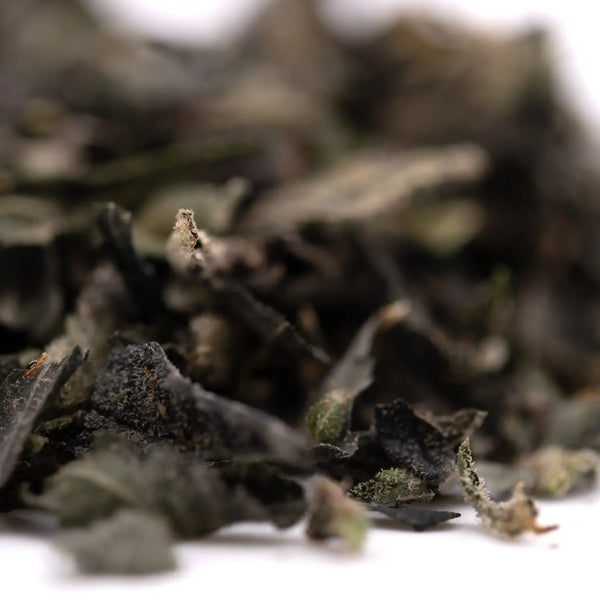
Essential Questions to Ask
Armed with knowledge, ask targeted questions to evaluate both product and vendor:
Harvest and Freshness Questions
"When was this harvested?" Fresher is generally better. Trim harvested within the last 6-12 months represents optimal quality. Material over a year old requires careful evaluation for degradation.
"How has this been stored?" Quality storage conditions include:
- Climate-controlled environment
- Protection from light
- Appropriate humidity levels
- Clean, contaminant-free space
Growing Practice Questions
"Indoor or outdoor?" Understanding growing methods sets appropriate expectations for consistency, pricing, and characteristics.
"What are your pesticide and growing practices?" This question reveals vendor transparency and cultivation philosophy. Evasive answers raise red flags.
Quality and Testing Questions
"What's the THCA percentage?" Vendors should know their product's potency. If they can't answer, that indicates poor quality control or knowledge.
"Do you have current lab results?" This should be an easy "yes" with immediate access to COAs. Hesitation or excuses are concerning.
"What strain is this?" Knowing strain genetics indicates careful cultivation and processing. "Mixed" or "unknown" suggests lower-quality commodity trim.
Product Specification Questions
"Is this sugar trim or fan leaves?" Direct questions prevent misunderstandings and reveal vendor honesty.
"What's the stem content?" Quality vendors know their product and can honestly assess stem-to-leaf ratio.
In-Person Purchase Questions
"Can I see and smell a sample before buying?" For local purchases, this is reasonable. Refusal is suspicious.
"What's your return policy?" Understanding recourse if product doesn't meet expectations provides protection and indicates vendor confidence.
Storage and Handling Evaluation
How vendors store and handle trim significantly impacts quality retention. When possible, evaluate these factors:
Environmental Conditions
Temperature:
- Ideal: 60-70°F (15-21°C)
- Avoid: Extreme heat or freezing temperatures
- Consistency: Stable temperatures prevent degradation
Humidity:
- Ideal: 55-65% relative humidity
- Avoid: Excessive moisture or desert-dry conditions
- Control: Humidity packs indicate quality consciousness
Light exposure:
- Ideal: Dark storage
- Avoid: Direct sunlight or bright artificial light
- Protection: Opaque containers or dark storage areas
Packaging Quality
Quality packaging protects trim during storage and shipping:
- Sealed bags or containers
- Moisture barriers
- Light protection
- Minimal air exposure
- Clean, food-safe materials
- Proper labeling with batch information
Cross-Contamination Prevention
Professional operations prevent mixing:
- Separate storage by strain
- Clean processing equipment between batches
- Individual packaging systems
- Clear labeling and tracking
- Sanitary handling procedures
Handling Practices
Observe how vendors handle trim:
- Clean gloves or tools
- Gentle handling preserving trichomes
- Minimal unnecessary touching
- Professional presentation
- Sanitary work environment
Red Flags Summary: When to Walk Away
Compile these warning signs into a mental checklist. Any single major red flag or multiple minor ones should prompt reconsideration:
Deal-Breaker Red Flags
These issues warrant immediately walking away:
- Mold or mildew presence
- Refusal to provide lab results
- Chemical or ammonia smell
- Vendor dishonesty about product specifications
- Failed lab tests or contamination indicators
- Extremely suspicious pricing without explanation
- Health or safety concerns
Negotiable Concerns
These issues might be acceptable depending on intended use and price:
- Slight excess stem content (if reflected in price)
- Older harvest date (with proper storage and reduced price)
- Mixed trim (if honestly represented and priced accordingly)
- Greenhouse or outdoor growing (personal preference)
- Missing minor cannabinoid testing (if major safety tests present)
Trust Your Instincts
Beyond objective criteria, listen to your gut feelings:
- Does the vendor seem knowledgeable and honest?
- Do product claims align with visual and olfactory evidence?
- Does pricing make sense for stated quality?
- Would you feel comfortable buying from this vendor again?
- Are your questions answered satisfactorily?
Conclusion
Identifying high quality THCA trim requires knowledge, attention to detail, and willingness to ask questions. The comprehensive checklist provided in this guide empowers you to make informed decisions, avoid common pitfalls, and secure the best value for your investment.
Remember the core principles:
- Trust but verify: Request and review lab results
- Visual inspection matters: Color, trichomes, and stem content tell stories
- Smell reveals truth: Your nose detects issues laboratories might miss
- Quality worth paying for: Don't sacrifice safety or efficacy for minor savings
- Build vendor relationships: Consistent, transparent vendors earn loyalty and trust
The cannabis trim market offers tremendous value opportunities for educated buyers. By applying the knowledge from this guide, you'll consistently identify premium material, avoid quality issues, and develop relationships with reliable vendors who share your commitment to quality.
Whether you're creating extracts, edibles, topicals, or other products, starting with quality cannabis trim ensures superior results. Take time with each purchase to apply these evaluation criteria. The few extra minutes spent assessing quality will save you money, frustration, and potential health concerns while ensuring your projects achieve their full potential.
As the hemp and cannabis industries continue maturing, informed consumers drive market improvements. By demanding transparency, lab testing, and honest representation, you contribute to raising industry standards while protecting your own interests. Use this buyer's checklist confidently, ask questions boldly, and never compromise on quality when it matters.
Frequently Asked Questions
Q: What's the difference between THCA trim and regular hemp trim? A: THCA trim comes from high-THCA hemp strains and contains significantly higher THCA percentages (10-20%) compared to regular hemp trim from CBD-dominant strains (typically under 1% THCA). THCA is the acidic precursor to THC and converts when heated.
Q: How long does THCA trim stay fresh? A: Properly stored THCA trim maintains quality for 6-12 months. Store in a cool, dark place with controlled humidity (55-65% RH) in airtight containers. After 12 months, expect some terpene degradation and potency loss, though properly stored material may remain usable longer.
Q: Can I use THCA trim the same way as flower? A: Yes, though trim works best for extractions, edibles, and topicals rather than smoking. The lower trichome density and higher stem/leaf ratio make it less ideal for direct consumption, but it's excellent for making butter, oil, tinctures, or concentrates at a fraction of flower costs.
Q: How much trim do I need to equal one ounce of flower in potency? A: This depends on specific potencies, but as a general rule: if your flower is 20% THCA and your sugar trim is 10% THCA, you'd need approximately 2 ounces of trim to equal the cannabinoid content of 1 ounce of flower. Always calculate based on actual lab-tested percentages.
Q: Is organic THCA trim worth the extra cost? A: For many buyers, yes. Organic certification ensures no synthetic pesticides, herbicides, or fertilizers were used. If you're making edibles or products you'll consume regularly, the peace of mind and potential health benefits justify the premium for many consumers. However, properly tested conventional trim can also be perfectly safe.
Q: What should I do if my trim arrives with mold? A: Do not use trim with any mold presence, as it poses serious health risks. Contact the vendor immediately with photos documenting the issue. Reputable vendors should offer refunds or replacements. If they refuse, consider reporting to relevant regulatory authorities and sharing your experience in review platforms.
Q: Can I mix different strains of trim together? A: Yes, you can mix strains, though you'll lose the distinct characteristics of individual genetics. Mixed trim works fine for applications where specific strain effects aren't crucial, such as general edibles or topicals. For strain-specific products, keep batches separate.
Q: How can I tell if trim is actually from the strain listed? A: Honestly verifying strain genetics is difficult without genetic testing. Rely on vendor reputation, consistency in appearance and aroma across purchases, and whether characteristics match known strain profiles. Reputable vendors maintain strain integrity throughout cultivation and processing.
Q: What's the best way to store bulk trim purchases? A: Store in food-grade, airtight containers (glass mason jars or food-safe buckets with gamma lids) in a cool, dark place. Include humidity control packs (Boveda or Integra Boost at 58-62% RH). Avoid plastic bags for long-term storage. Keep different strains separate and label everything with strain name and date.
Q: Should THCA percentage be my main quality consideration? A: While important, THCA percentage isn't everything. Overall quality includes trichome preservation, terpene content, cleanliness, safety testing, and absence of contaminants. A 12% THCA sugar trim with excellent terpene content and pristine quality often provides better results than poorly handled 18% THCA trim that's tested only for cannabinoids.

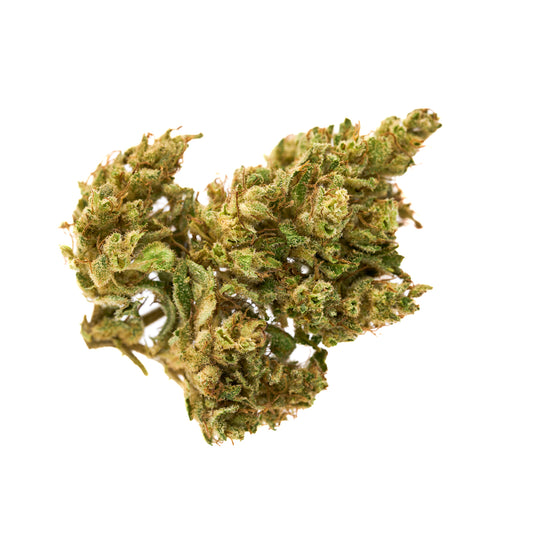
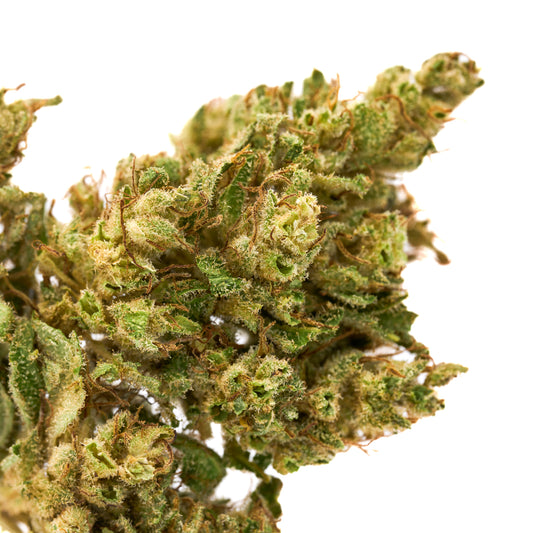
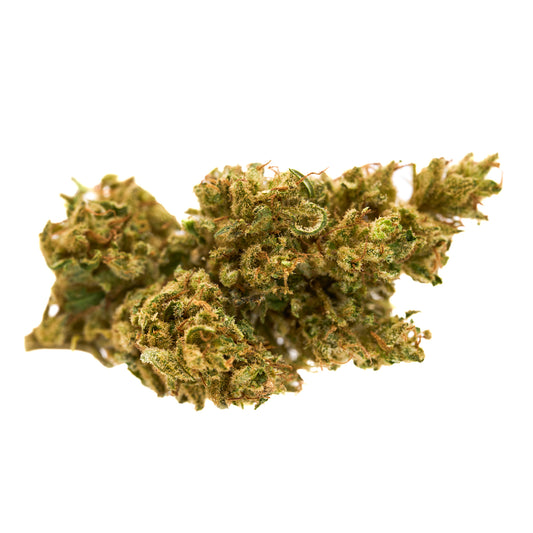
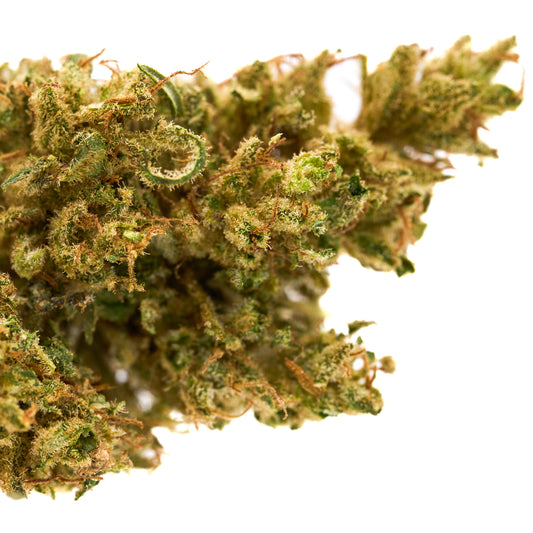
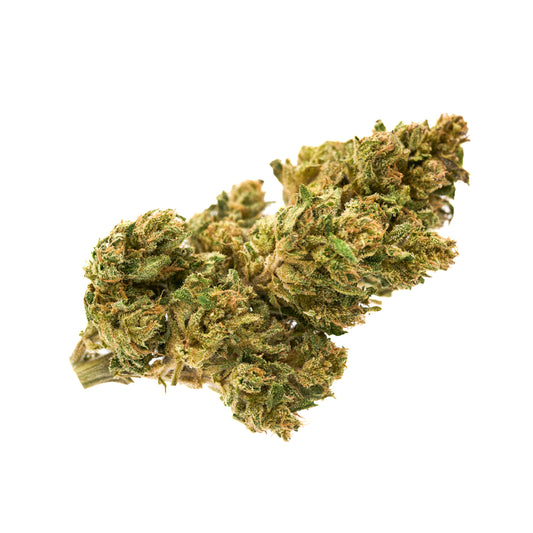
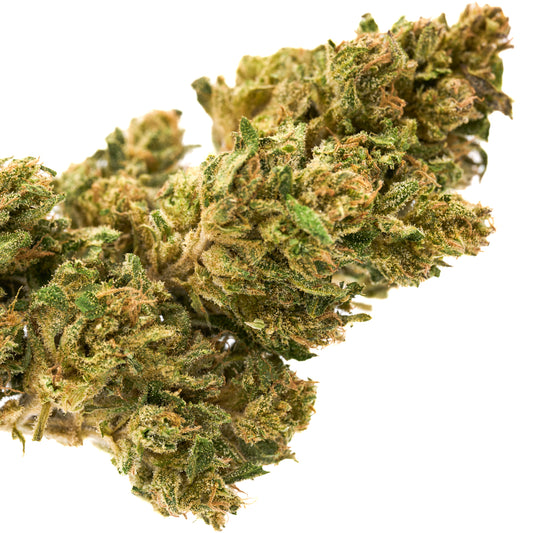


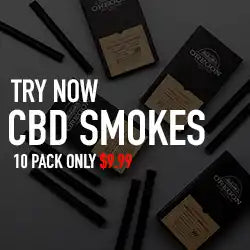
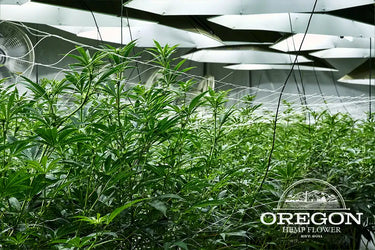

Leave a comment
Please note, comments need to be approved before they are published.